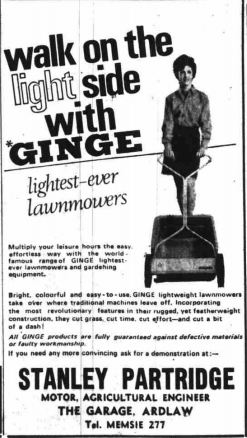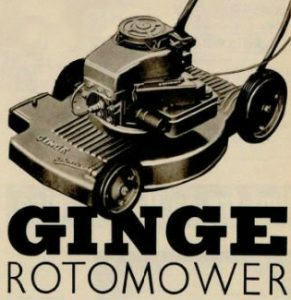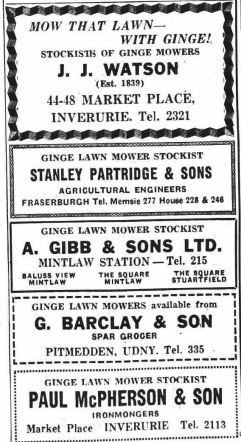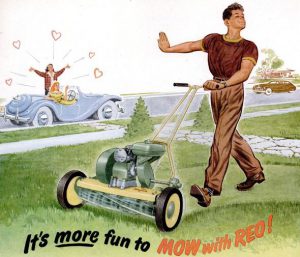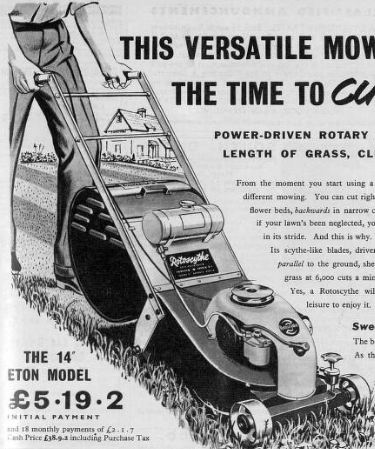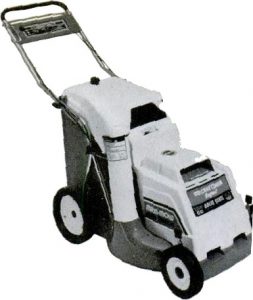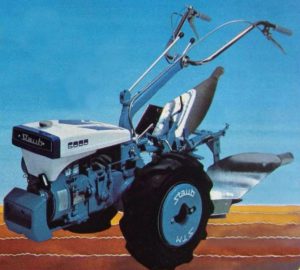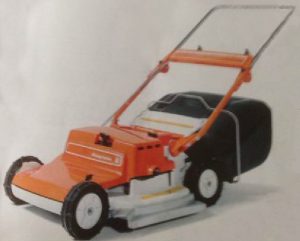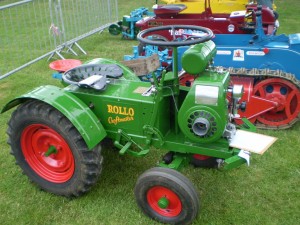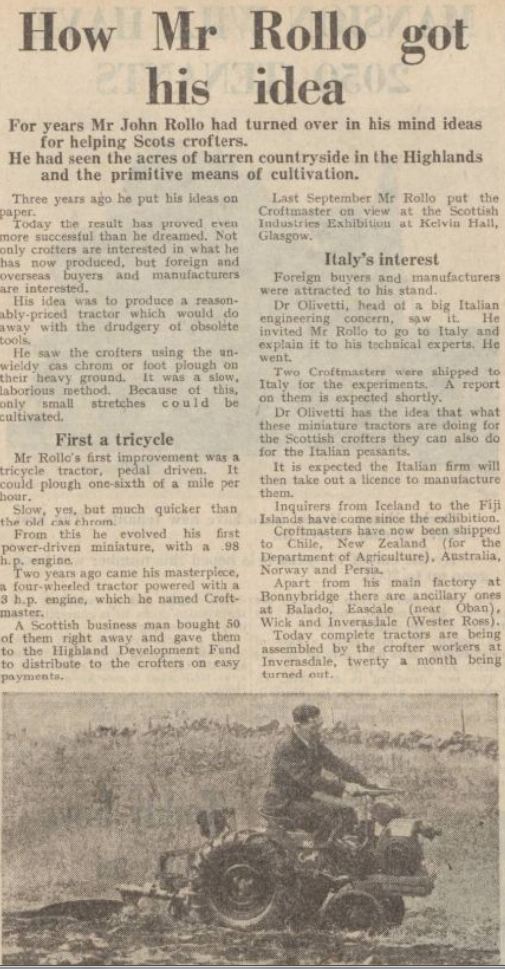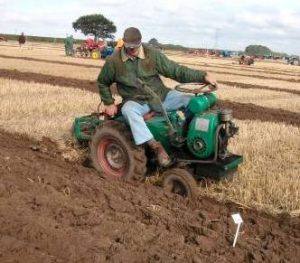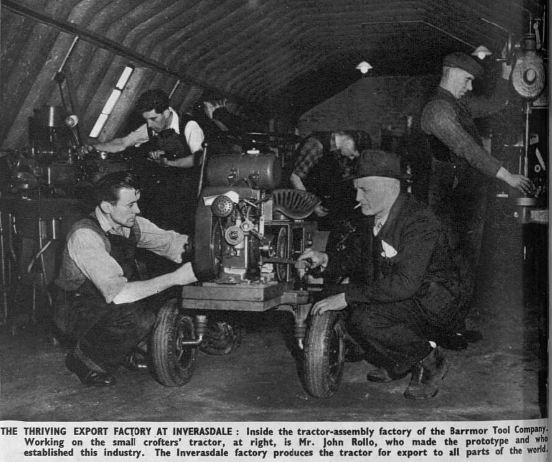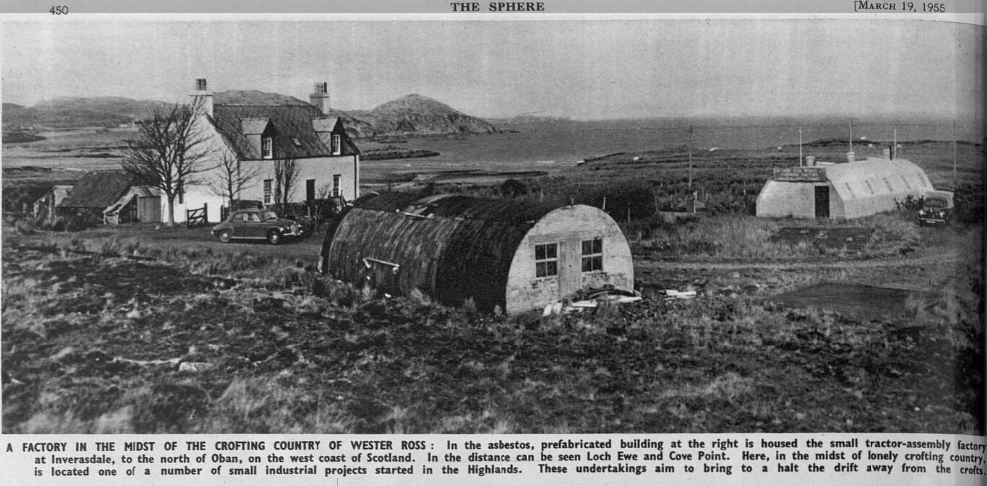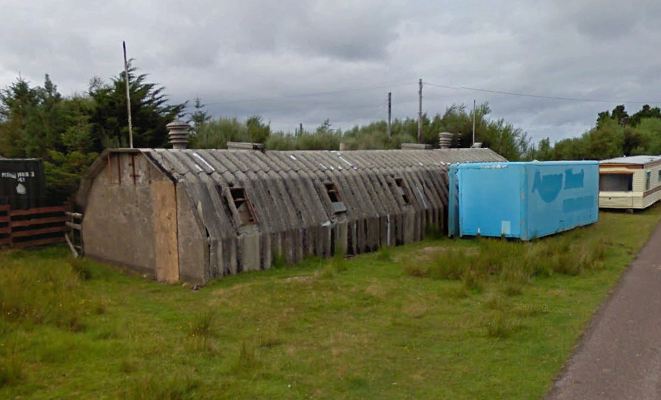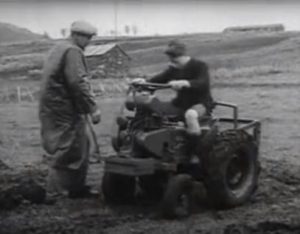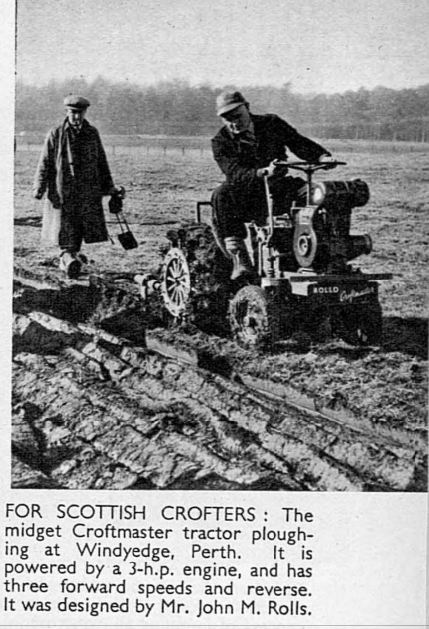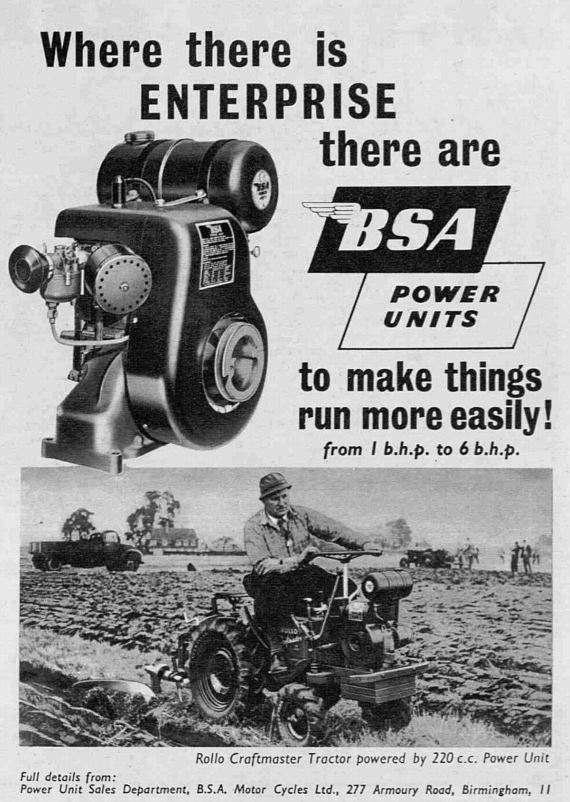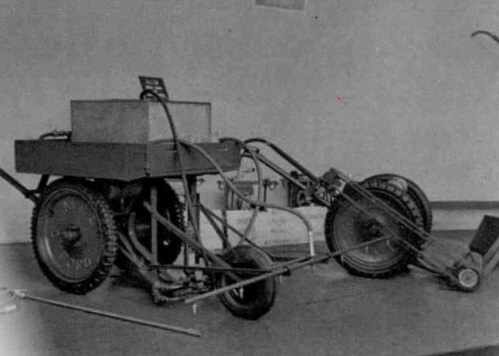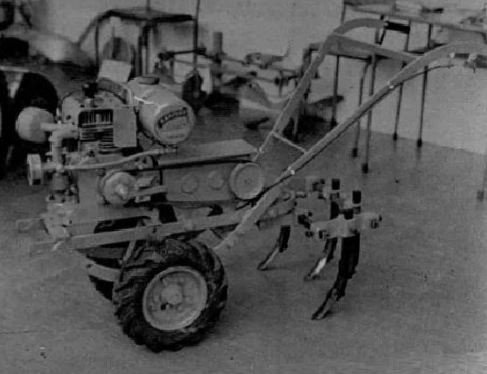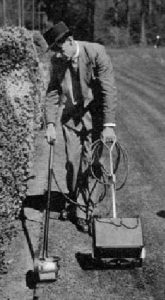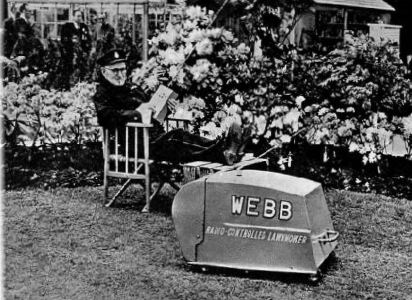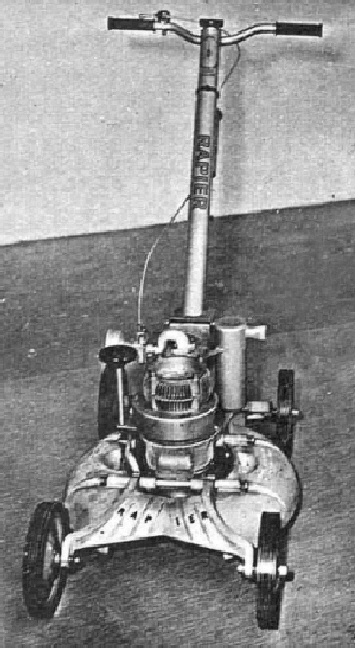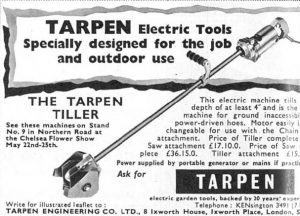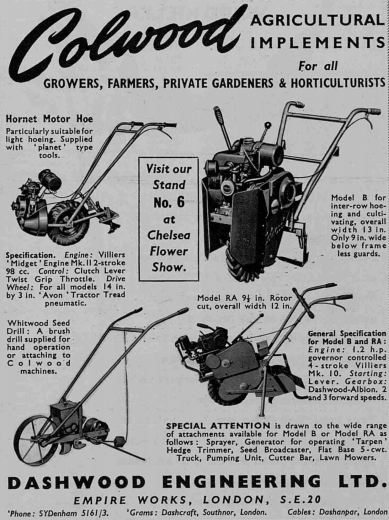Ariens (& Gravely)
February 18, 2019 in Articles, Machinery
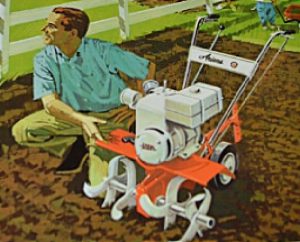
Ariens Jet Tiller
1. Popular manufacturers we know really well and the vast majority of their products are generally available.
2. Manufacturers that we have heard of, know their products exist and they appear from time to time
3. Manufacturers or rare machines on the edge of obscurity that sometime turn up but may already be extinct or all traces passed through the scrapyard long ago.
One company that fits neatly into the second category is Ariens from Wisconsin, USA. A company which made their first Rototiller in 1933 and now a global company incorporating Countax and Westwood in Oxfordshire. Ariens have a fantastic museum, more details at the bottom of this page.
Surely though, for the UK market in the 1970’s and 80’s didn’t Ariens just build and sell lawnmowers to us?
Yes, they did make mowers for the UK market, although we haven’t pinpointed when any of Ariens machines first hit the UK, but Arien’s also made a range of tillers too, including the Jet tiller and the Rocket tiller with the latter being available to us. These are great machines and brilliant names from the late 1950’s with the build up to man jetting off to the moon. Shame that modern machines by nearly all manufacturers are now referred to by a list of numbers and letters and not some fanciful names to reel the customers in with.
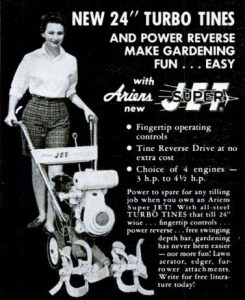
Ariens Super Jet Tiller 1961 (US advert)
We will start with the Jet Tiller. Powered by a Briggs and Stratton or a Clinton engine in the 3hp to 4.5hp range and with a working width of 8-20″, like a Merry Tiller this was a front-tined machine. There was also a Jet Super and a Jet Deluxe.
The advert image on the right shows the 1961 Jet Super which had the reverse included as standard and an increase to 24″ turbo tines. The Jet Deluxe had a 5hp engine. Although these machines are in America I cannot find any mention of them in the UK, perhaps you have one or a UK brochure? The VHGMC are on the search to see who has one!
But the bigger machine being the Ariens Rocket (image below right) does appear in the UK, presumably there may just be the smaller Jet lurking somewhere out there?
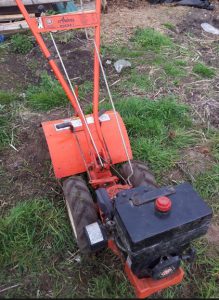
Ariens Rocket with 7hp Tecumseh Engine (VHGMC – Darmic1)
As mentioned the Ariens Rocket tillers are in the UK and are robust machines worthy of having, the image, right, is from the VHGMC archive.
In 1989 (from a UK brochure) the tiller range included the 214 (2hp B&S, 14″ front tined), 524 (5hp B&S, 24″ front tined), 5020, (5hp Tecumseh, 20″ rear tined), 7020, (7hp Tecumseh, 20″ rear tined).
Importing to the UK:
As with many machinery manufacturers we find that the importers or sole distributors can vary over the course of time. In the 1970’s Norlett (link to gallery) imported Ariens tillers, yard and garden tractors and the riding mowers into the UK and Ireland until 1981 when Lely Import LTD took over the importing.
Some of the machines imported by Norlett included the 14 and 17hp tractors with both gear and hydrostatic drive. There was also a range of attachments including dozer blade, dump cart, rotary tiller and the mower decks which can be found in the UK although some of these may be scarce and in any event did some of these attachments also fit the Norlett tractors too? Some of the Ariens tractors are also badged Norlett (see source image).
In 1979 the riding mowers, mostly with white mower decks, included the 7hp with 28″ cut (RM728) and the 6hp with 26″ cut (RM626) both with optional electric start. The 11hp lawn tractor (YT1138) had a synchro balanced Briggs and Stratton engine and a 38″ cut.

Ariens Rider Mower, RM728, 7hp, 28″ cut from 1980 Brochure
In 1984 Ariens (UK) Limited were advertising walk behind mowers including the LM21SE model which was advertised in Scottish Field magazine, see source text.
In 1985 the rear-engined RM828 (there’s also an SRM830 model), 8hp Tecumseh powered, riding mower which was designed to cope with wetter grass as we find in the UK was on sale for £1570. The design of this machine and future ones is the one most often seen (sometimes minus the mower deck) on auction websites.
1989 sees the Ride-on mowers include the FM26E, Tecumseh, at £1091 and the FM828E, Tecumseh at £1436. Two Kawasaki powered ride-on mowers included the RM928E and RM1232E at £1608 and £1838 respectively. Attachments included vacuum baggers at £251, Dozer blade at £298 for the larger ride-ons. Front weights £84, Tyre chains £74, Lawn scarifier £114.
YT series tractors included the YT1232BG at £2068, YT1232KH at £2528, YT1238KH at £2643. Attachments included grass baggers at £344. 42″ front blade at £401, 36″ Snow blower at £1063, Ariens trailer at £573.
Details about Ariens complete range of vintage UK machines as well as others such as pedestrian mowers and snowblowers in the UK are sketchy, if you have any details or brochures then that’d be great, we’d love to see them and fill in some details on this page. For America Ariens have a museum in Wisconsin, and along with their Gravely machines it looks a great place – have a look at the following link to see the extensive collection: Ariens Museum*
There is also a video on Youtube* giving a tour of the machines on show, some will be as imported into the UK or as close as possible:
https://youtu.be/H4YDjTzZLAE?t=26
*Please note cookies/GDPR for external websites.
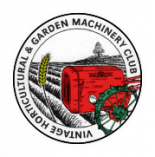
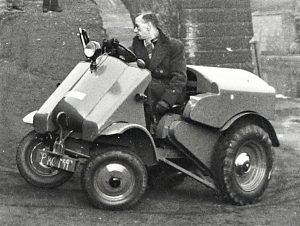
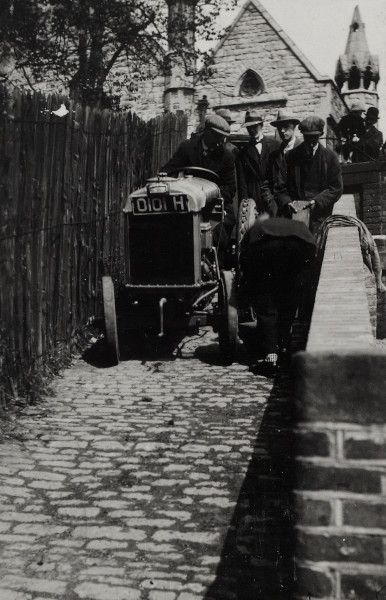
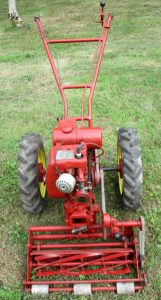
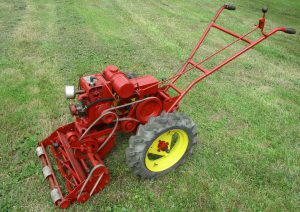
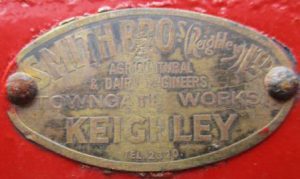 Unusually this article is briefly about a specific machine. And just as this Barford has a history so does every machine and they are always worth researching. If you have a manufacturer name, address or makers plate then five places to start are:
Unusually this article is briefly about a specific machine. And just as this Barford has a history so does every machine and they are always worth researching. If you have a manufacturer name, address or makers plate then five places to start are: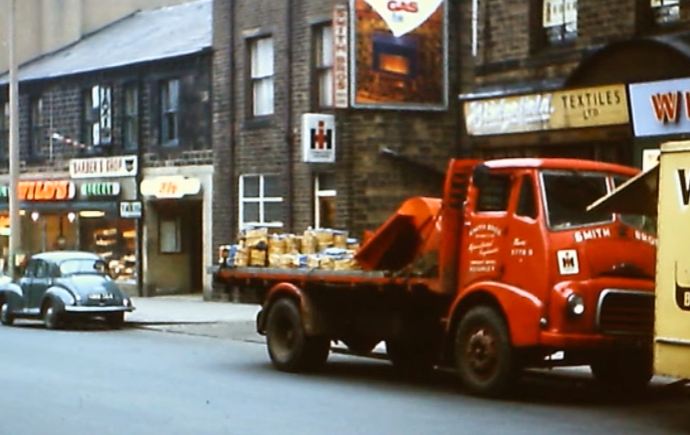
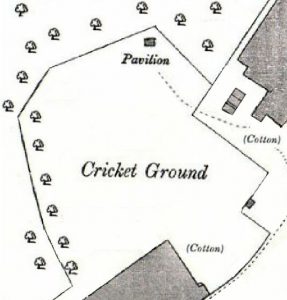
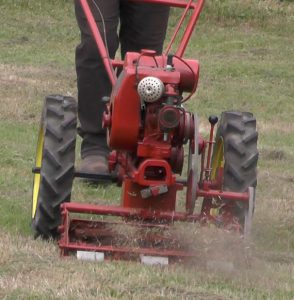
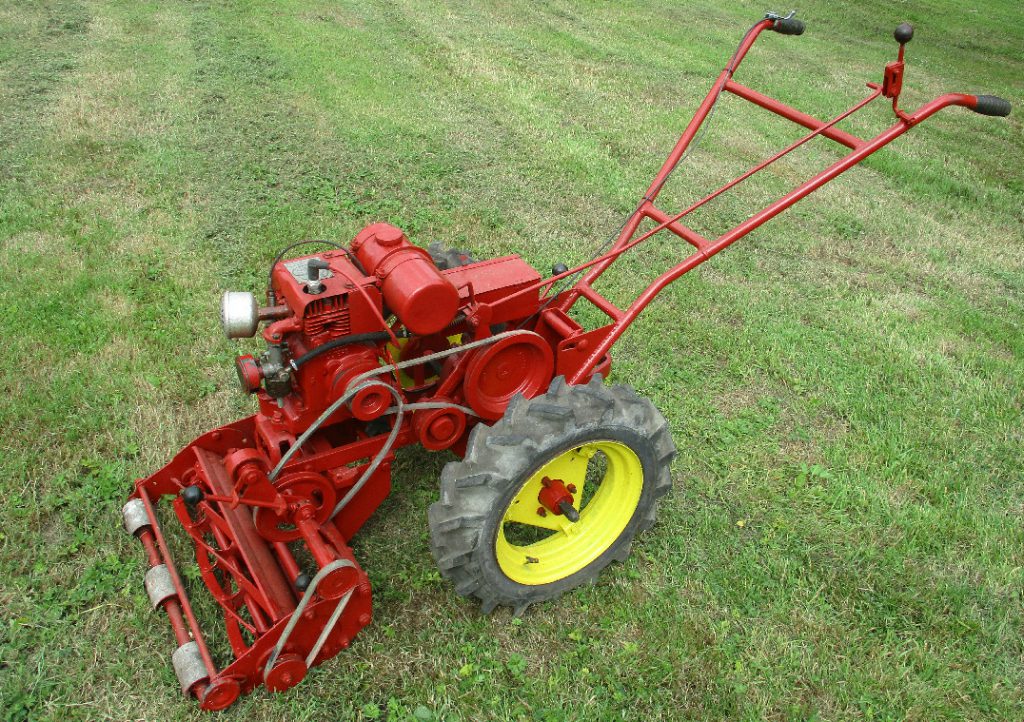
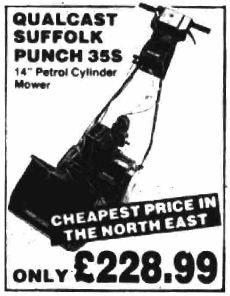
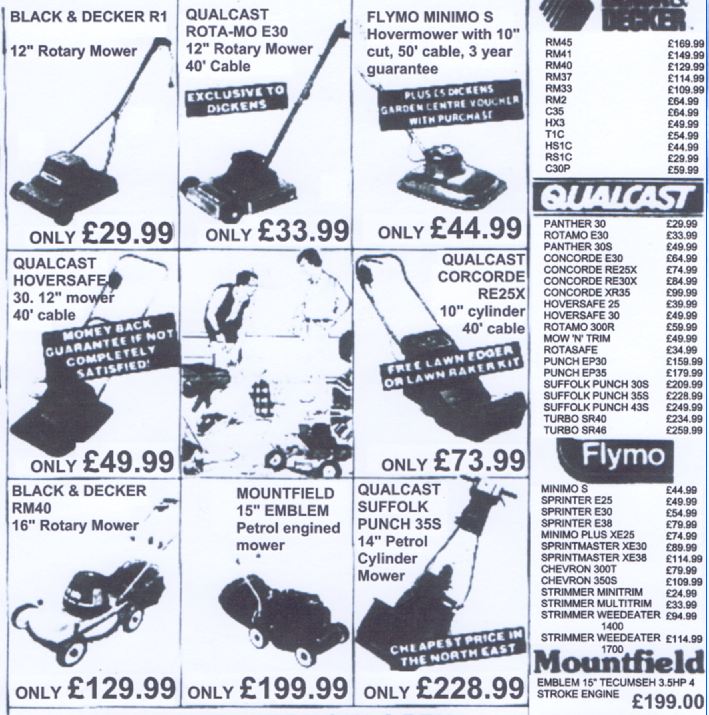
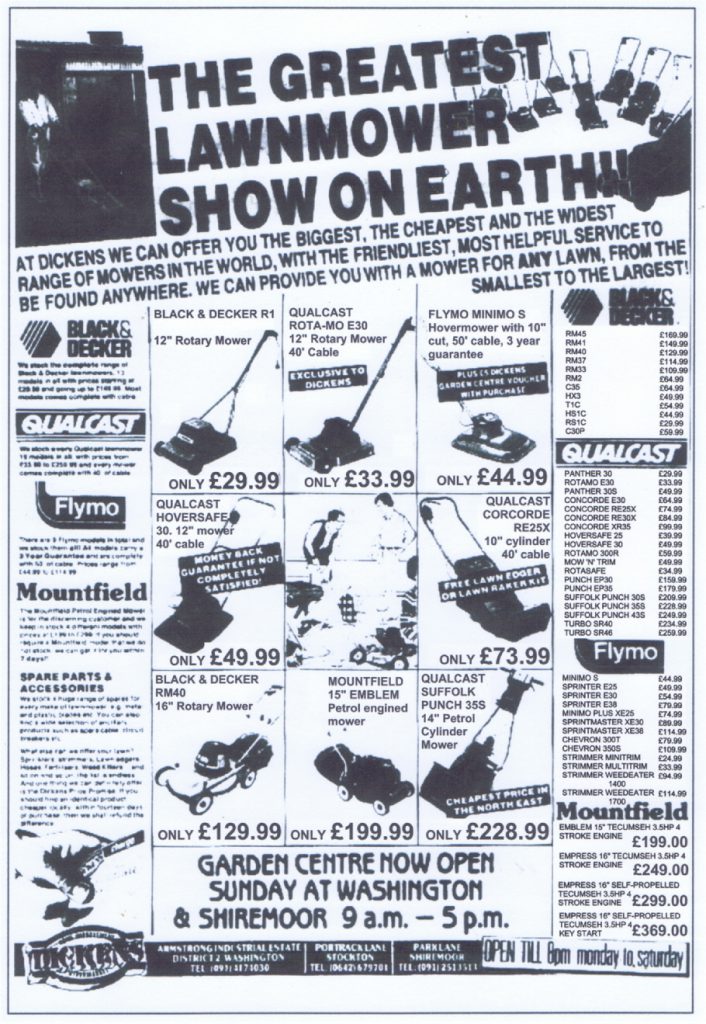 Briefly, there is a huge range of electric mowers. What’s the difference between the Qualcast Concorde RE25X and the RE30X apart from £10.00 ? Or the Flymo Sprinter E25 and E30 ? A brochure would be mighty helpful!
Briefly, there is a huge range of electric mowers. What’s the difference between the Qualcast Concorde RE25X and the RE30X apart from £10.00 ? Or the Flymo Sprinter E25 and E30 ? A brochure would be mighty helpful!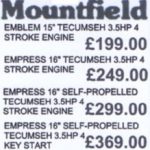 There isn’t a Mountfield electric mower in the bottom right corner of Dickens advert, they may not have been manufacturing them at the time, but their petrol mowers show that the price nearly doubles between the Mountfield Emblem 15″ and the 16″ self propelled with electric start, both with a 3.5hp Tecumseh engine – would that be a premium product at the time?
There isn’t a Mountfield electric mower in the bottom right corner of Dickens advert, they may not have been manufacturing them at the time, but their petrol mowers show that the price nearly doubles between the Mountfield Emblem 15″ and the 16″ self propelled with electric start, both with a 3.5hp Tecumseh engine – would that be a premium product at the time? 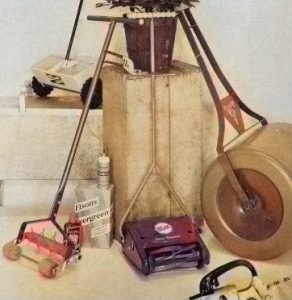
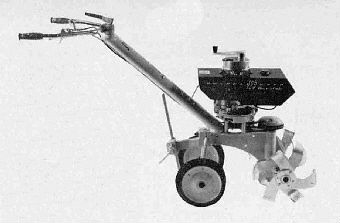
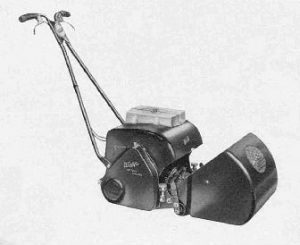

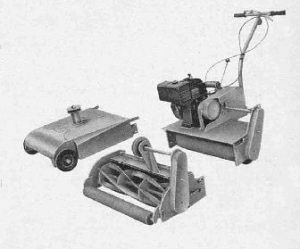
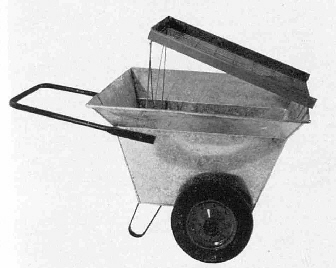
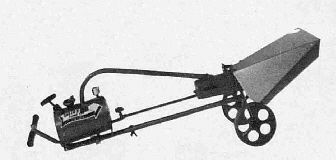
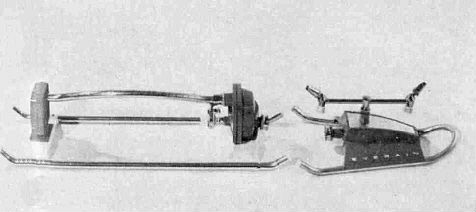
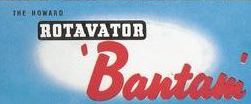 Humour can capture the attention of the prospective customer far easier than any serious advertising might.
Humour can capture the attention of the prospective customer far easier than any serious advertising might. 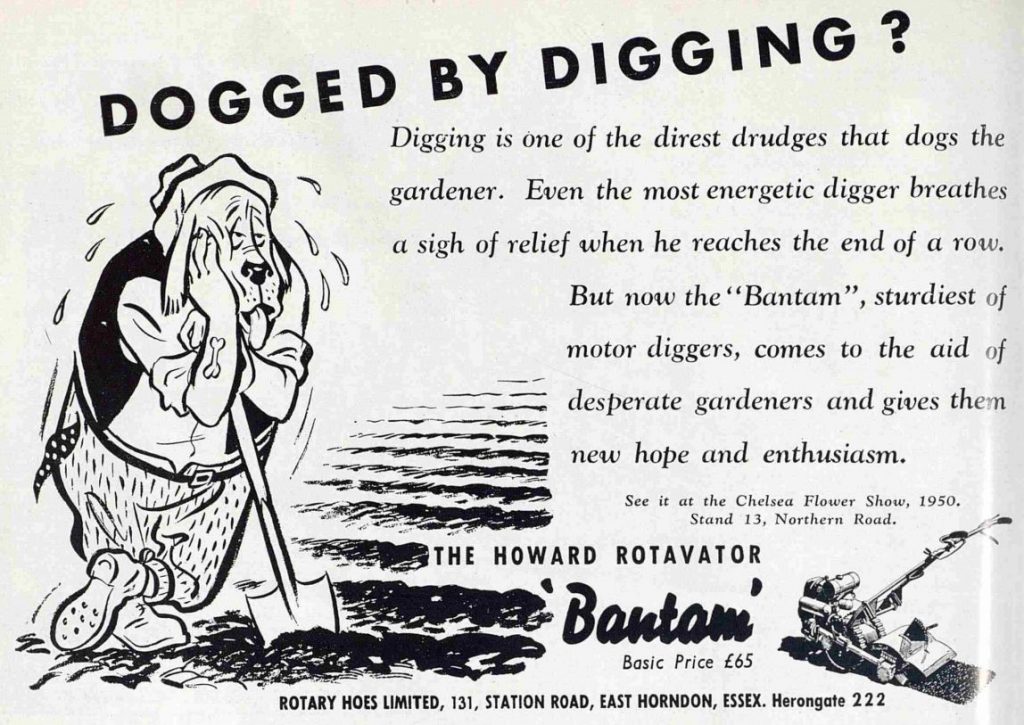


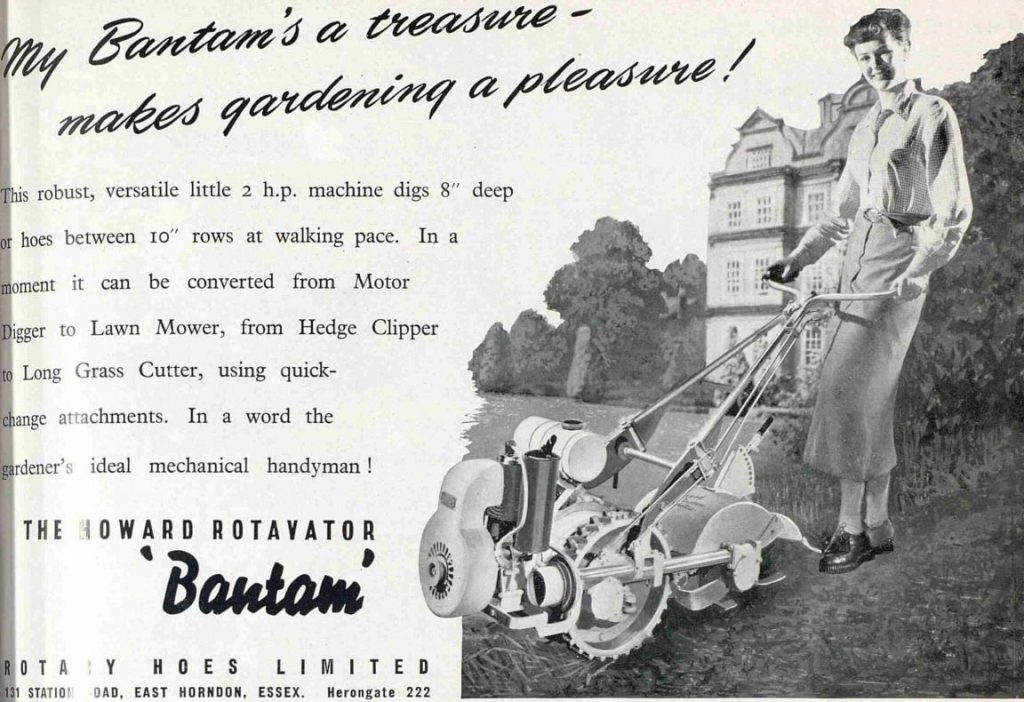
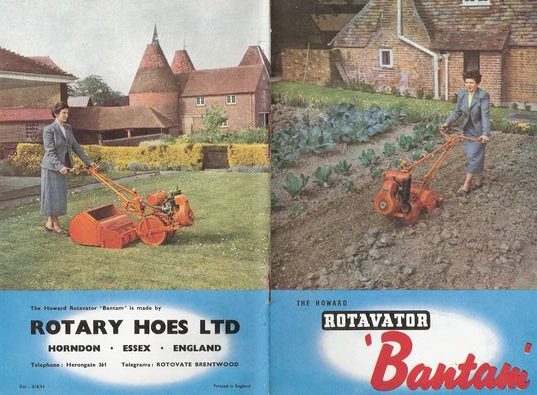
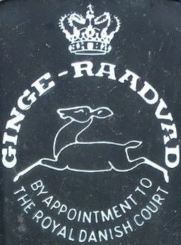

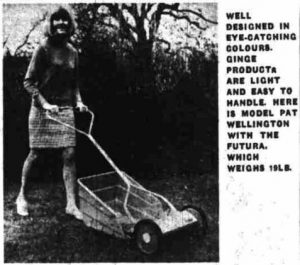 The mowers available were all cylinder mowers, the hand propelled Prisma 12″ (£6.19.9d) and Futura 16″ (£8.19.9d). As shown in the image, right.
The mowers available were all cylinder mowers, the hand propelled Prisma 12″ (£6.19.9d) and Futura 16″ (£8.19.9d). As shown in the image, right. 